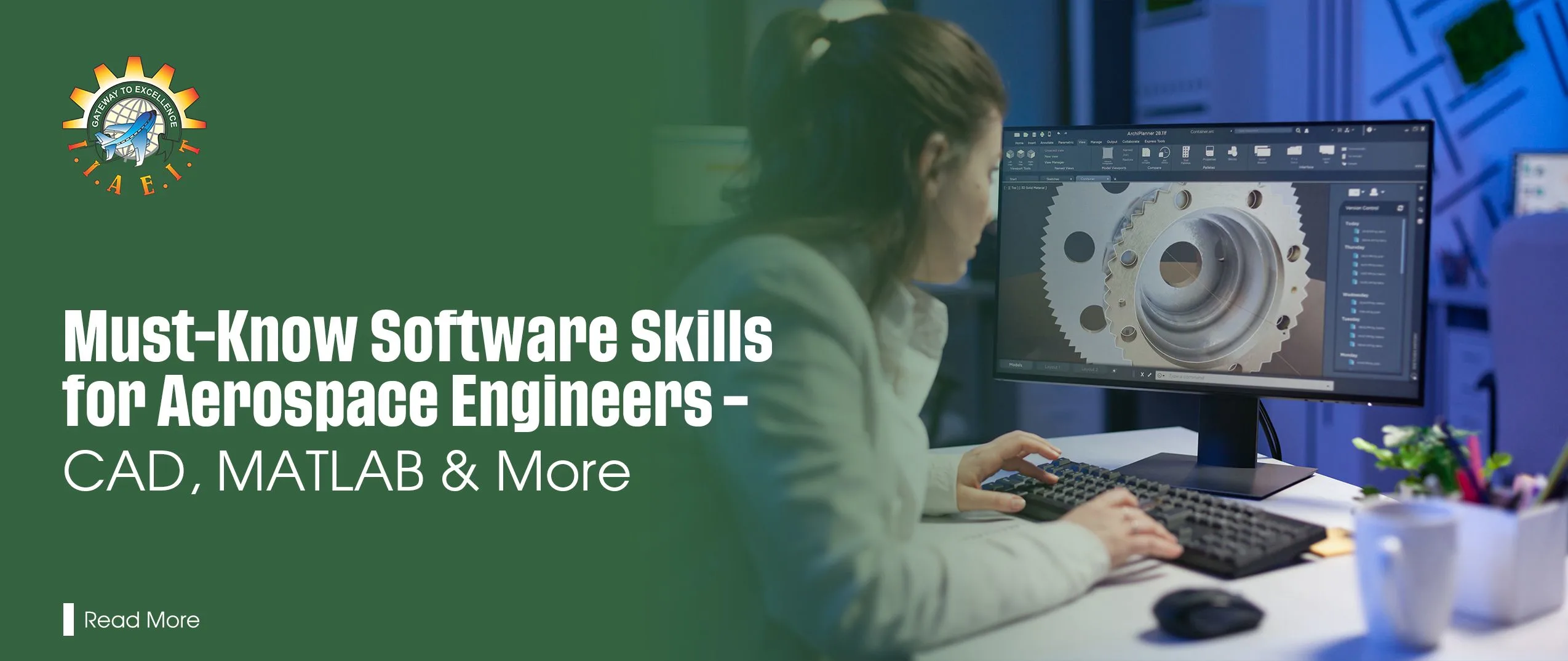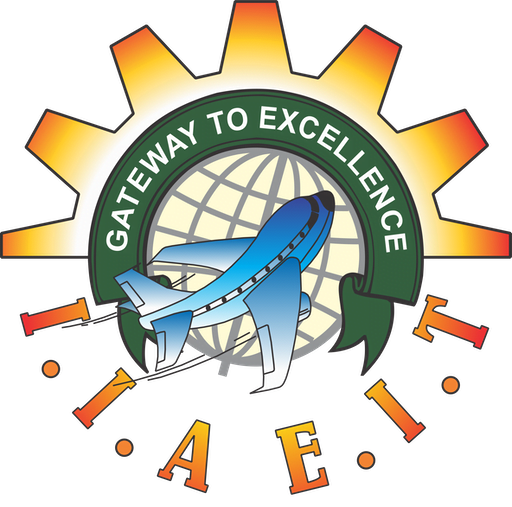In the age of cutting-edge flight systems, reusable launch vehicles, and commercial space exploration, the role of an aerospace engineering professional is more dynamic than ever. Modern aircraft, rockets, and satellites are catalysts for multidisciplinary engineering, and behind every innovative design lies a foundation of strong software skills essential for the success of aerospace engineers.
Today’s aerospace engineers do not just rely on their knowledge of aerodynamics or structural mechanics; they also need to master various programming languages, CAD tools, and simulation software to solve complex, real-world problems. Whether you’re an undergraduate student, a researcher, or a working professional in the aerospace field, investing in the right technical skills will keep you ahead in this rapidly evolving industry.
In this comprehensive article, you’ll get an idea of the essential software skills required for aerospace engineer roles, the best programming languages for aerospace, CAD tools for aerospace engineering, and powerful simulation software for aerospace students, which will help you design, test, and innovate confidently.
Why do software skills matter in aerospace engineering?
Aerospace engineering is one of the most software-intensive engineering fields where software is necessary from design to execution. Every stage of the project depends on robust digital tools.
The reasons why software proficiency is a game-changer in aerospace engineering:
- Complexity: Modern aircraft and spacecraft involve thousands of components and intricate systems that must interact seamlessly. Software tools enable engineers to simulate, analyze, and optimize these systems before building expensive prototypes, which saves money and time.
- Collaboration: Global teams use shared digital environments to co-design parts and assemblies, run simulations, and manage changes in real-time, becoming efficient.
- Innovation: Engineers with strong software skills can design more innovatively through advanced simulations, data analysis, and automation.
Therefore, developing key software skills for aerospace engineering isn’t voluntary; rather, it’s mandatory for delivering high-quality, safe, and efficient aerospace systems.
Essential Programming Languages for Aerospace Engineers:
Let’s understand it from the foundation of the technical problem-solving that is programming.
Mastering the right programming languages for aerospace engineering can help you automate repetitive tasks, run simulations, analyse massive datasets, and build custom tools.
- MATLAB Aerospace: One language that tops aerospace engineering is MATLAB. This language is high-level and is considered to be the gold standard for modeling, simulation, and control systems analysis. Engineers use MATLAB Aerospace for tasks such as:
- Simulating flight dynamics and control systems.
- Performing data analysis and visualization.
- Designing autopilot algorithms and flight control laws.
- Integrating with Simulink for system-level simulations.
It’s tools like Aerospace Toolbox, Aerospace Blockset, and Simulink that make MATLAB powerful and an indispensable skill for any aerospace student.
- Python: Python is swiftly turning into the go-to general-purpose language in engineering. Its ease of use, extensive libraries, and active community make it a perfect choice for Data Analysis ( Pandas, NumPy, SciPy ), automating workflows, Predictive maintenance, and interfacing with other tools.
If you’re someone looking for a flexible and modern skill, then Python is a must-learn Programming Language for aerospace engineers.
- C/C++: C/C++ helps in embedded systems, real-time flight software, and avionics, where often some low-level knowledge of programming is required. C/C++ helps in:
- Real-time performance for safety-critical applications.
- Widely used in onboard software for satellites, UAVs, and aircraft.
- Widely used in onboard software for satellites, UAVs, and aircraft.
Understanding these languages helps you when working with hardware interfaces and embedded systems.
The Key CAD Tools That You Need To Learn For Aerospace Engineering:
Until now, you have only gotten a glimpse of the programming languages that you need to learn for Aerospace Engineering. Now let’s dive into the design side. Mastering CAD tools for Aerospace Engineering is a crucial part, as it is critical for translating ideas into tangible prototypes, components, and systems.
Aerospace CAD Software enables you to:
- Design complex parts like wings, fuselage, and engine nacelles.
- Create assemblies and test for fit, interference, and manufacturability.
- Perform structural analysis and stress testing.
- Generate detailed technical drawings for production.
Some of the Top CAD tools every Aerospace Engineer must know are explained in detail below:
- CATIA: CATIA is an industry-standard in aerospace design, which is developed by Dassault Systèmes. It is used by major companies like Boeing and Airbus use CATIA for Aircraft structural design, aerodynamics, and systems integration. Its advanced surface modelling makes it ideal for aerodynamic shapes.
- Siemens NX: Siemens NX offers a powerful integrated environment for design, simulation, and manufacturing. It helps engineers manage complex projects across the entire product lifecycle through its parametric modeling and digital twin capabilities.
- SolidWorks: SolidWorks is popularly used for its aerospace subsystems, UAVs, and student projects, due to its user-friendly interface. It’s perfect for its conceptual design, quick prototyping, and generating 2D manufacturing drawings.
A Glimpse into the Essential Simulation Software for Aerospace Students:
Designing the component was the first step; you’re yet to test how it would function and behave in real-world conditions. That’s where the magic of simulation enters.
Using the right Simulation Software for Aerospace Students saves time, improves efficiency, cuts costs, and improves safety by allowing virtual testing before physical prototypes are built.
Some Simulation Tools to Master are:
- ANSYS: ANSYS is a leading Finite Element Analysis (FEA) and Computational Fluid Dynamics (CFD) tool that allows you to analyze stress, strain, thermal loads, and vibration. Simulate fluid flows over wings and airframes and optimize designs for weight reduction and performance.
- CFD Tools (Fluent, OpenFOAM): Aerodynamics is at the heart of aerospace design. CFD tools like ANSYS Fluent or OpenFOAM are used to simulate airflow over aircraft and turbine blades, Study turbulence, drag, lift, and boundary layers, and validate wind tunnel tests digitally.
- Simulink: This is a software that is paired with MATLAB Aerospace, which provides a block-diagram environment for modeling dynamic systems. It’s especially useful for control systems design, flight dynamics, trajectory analysis, and Hardware in the loop (HIL) simulations.
- Systems Tool Kit (STK): AGI’s STK is popular for mission analysis, orbital mechanics, and satellite constellation design. Students working on space projects find it invaluable for visualizing orbital paths and ground coverage.
Your Ultimate Guide To Developing These Software Skills As An Aerospace Student.
There’s a chance that you might find it challenging to develop all of these skills, but with the right process, you’ll ace it with flying colours.
- Enroll in the right courses: Enroll in a course from a recognised university like the Indian Institute for Aeronautical Engineering and Information Technology (IIAEIT).
- Work on Personal Projects: Design a drone wing in CATIA, run a CFD analysis on it, and share your project portfolio on LinkedIn or GitHub.
- Internships and Research: Seek internships at aerospace companies or research labs that use the tools you want to master.
- Stay Updated: Aerospace technology evolves fast. Follow industry news, attend webinars, and connect with professionals.
Why Choose IIAEIT?
If you’re aspiring to build a career in aerospace or aeronautical engineering, IIAEIT Pune stands out as a premier institute dedicated to your success. Established in 2001, IIAEIT offers specialized B.Tech and integrated M.Tech programs in Aerospace, Aeronautical, Avionics, and Defence Technology, in collaboration with reputed universities.
What sets IIAEIT apart is its cutting-edge labs, real-world project exposure, and industry-focused curriculum designed to match global aerospace standards. With experienced faculty, robust industry tie-ups, and a strong placement record, including top recruiters like HAL, Airbus, and Adani Defence, students graduate with both deep technical knowledge and practical skills. Additionally, scholarship opportunities through AERO-CET and personalized career support, you’ll find IIAEIT is not just a college, it’s a launchpad for your future in aviation and space.
Your Key Takeaways From The Article:
Mastering the right software skills for aerospace engineer careers is the key to unlocking opportunities in this high-tech industry. From powerful Programming Languages for aerospace projects like MATLAB Aerospace and Python to advanced CAD Tools for aerospace engineering and essential Simulation software for aerospace students, each tool will help you design safer, more efficient, and more innovative systems.
Remember: you don’t have to learn everything at once. Start with the basics, build practical projects, and keep challenging yourself. Whether you dream of designing next-generation aircraft or exploring deep space, these skills will ensure that you’re ready for takeoff because in aerospace, the sky is never the limit.


